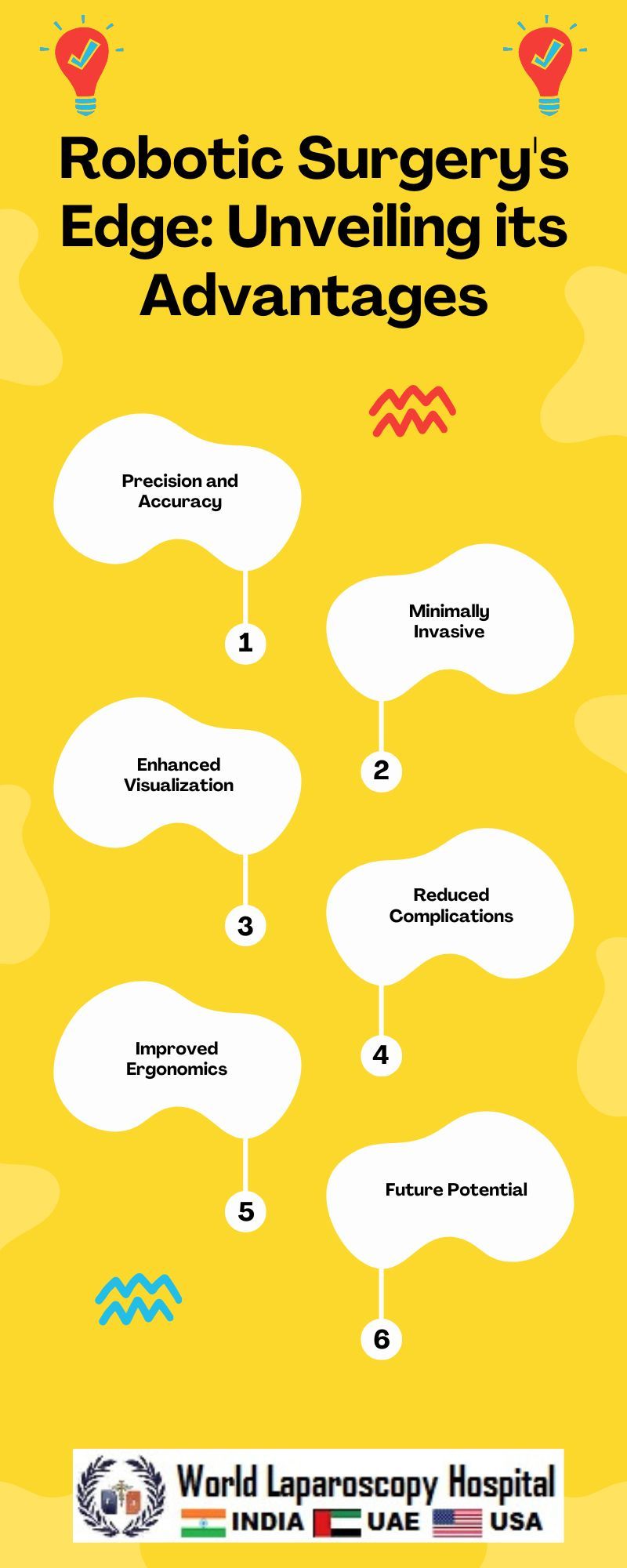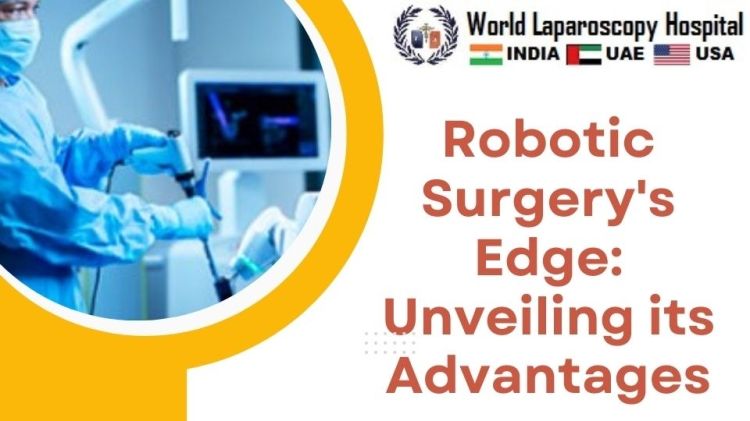Robotic Surgery's Edge: Unveiling its Advantages
Introduction
Robotic surgery has revolutionized the field of medicine, offering numerous advantages over traditional surgical techniques. This article explores the intricacies of robotic surgery, its evolution, advantages, and implications for the future of healthcare.

Evolution of Robotic Surgery
Robotic surgery has its roots in the early 1980s when the first robotic surgical system, the PUMA 560, was used for neurosurgical biopsies. Since then, advancements in technology have led to the development of more sophisticated systems such as the da Vinci Surgical System, which has become the gold standard in robotic surgery.
How Robotic Surgery Works
Robotic surgery involves the use of a robotic system controlled by a surgeon to perform surgical procedures. The system consists of a console where the surgeon sits, a patient cart with robotic arms, and a vision cart with a camera and lighting system. The surgeon manipulates the robotic arms using hand and foot controls, while the camera provides a high-definition, 3D view of the surgical site.
Advantages of Robotic Surgery
One of the key advantages of robotic surgery is its precision. The robotic arms can make smaller, more precise movements than human hands, leading to improved surgical outcomes and reduced risk of complications. Additionally, robotic surgery allows for greater dexterity, as the robotic arms can rotate 360 degrees, mimicking the movements of the human wrist.
Another advantage of robotic surgery is the ability to perform minimally invasive procedures. Robotic systems use smaller incisions than traditional surgery, resulting in less pain, faster recovery times, and reduced risk of infection. Patients who undergo robotic surgery also tend to experience less blood loss and scarring compared to traditional surgery.
Robotic surgery also offers benefits for surgeons. The ergonomic design of the console reduces surgeon fatigue and discomfort, allowing for longer, more complex procedures to be performed. The 3D visualization provided by the camera allows for better depth perception and spatial awareness, making it easier for surgeons to navigate complex anatomy.
Implications for the Future of Healthcare
The advancements in robotic surgery have the potential to significantly impact the future of healthcare. As the technology continues to improve, robotic surgery could become more accessible and affordable, leading to greater adoption in hospitals and surgical centers around the world.
One of the key areas where robotic surgery is expected to have a major impact is in the field of telemedicine. Robotic systems could allow surgeons to perform procedures on patients located in remote or underserved areas, expanding access to healthcare services.
Additionally, robotic surgery has the potential to improve surgical outcomes and patient safety. The precision and dexterity of robotic systems reduce the risk of human error, leading to fewer complications and better outcomes for patients.
Conclusion
Robotic surgery offers numerous advantages over traditional surgical techniques, including greater precision, smaller incisions, reduced blood loss, faster recovery times, and shorter hospital stays. The technology has the potential to significantly impact the future of healthcare, improving access to care and enhancing surgical outcomes. As robotic surgery continues to evolve, it is likely to become an integral part of the surgical landscape, benefiting patients, surgeons, and healthcare systems alike.
